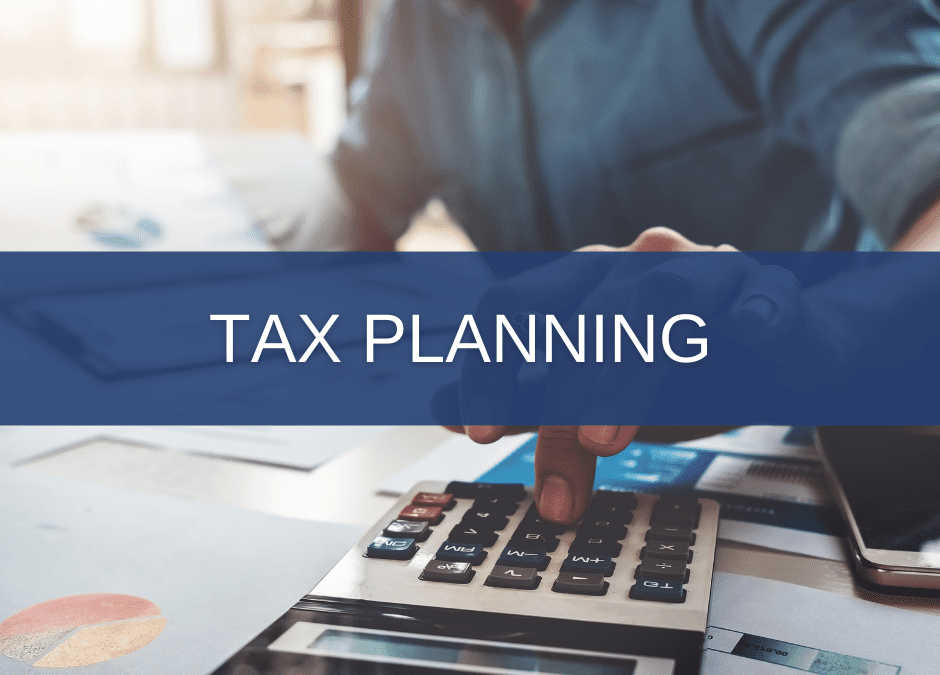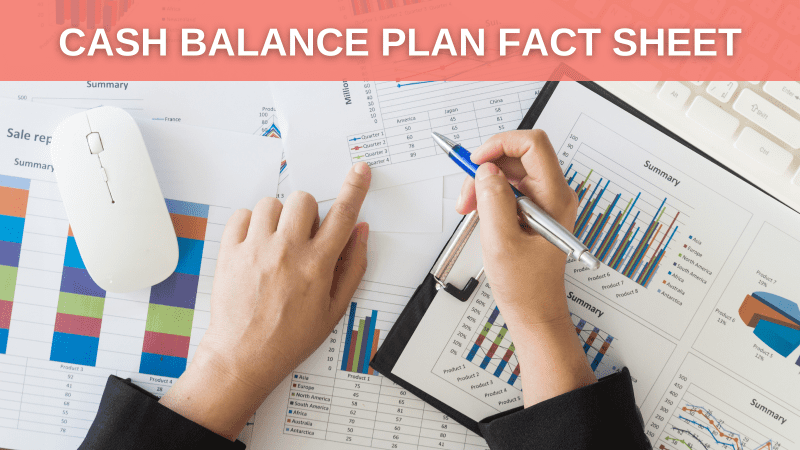


8 Tips to Stay on Track with Your Holiday Budgeting
November 23, 2021


Buying Locally and Giving Locally
November 23, 2021Not knowing what Congress will do should not stop you from planning
One variable that is hard to plan for in retirement is taxes. There are steps you can take, though, despite the uncertain tax landscape. We don’t even know what the tax rates will be next year, so how can you plan for 20 years or more in the future? We can’t say whether rates will be higher or lower, or if tax-preferred investments will change.
But not knowing doesn’t mean that you shouldn’t be planning.
Gather the Data
Gather all your investment and bank statements, and then calculate your net worth statement. In other words, figure out what you own and what you owe. Then divide your investments into two categories: taxable, such as brokerage accounts, and tax-deferred, like individual retirement accounts (IRAs), 401(k) and 403(b) plans and annuities.
Within the taxable accounts, list what you own that may have special tax treatment. Example: tax-free bonds. Within the tax-deferred category, look at your statements to see if you have any after-tax money that you contributed. In a company retirement plan, you will probably roll over the assets to an IRA when you retire. The after-tax contributions (not the growth) can be taken out and not rolled over.
Make A List of Different Types of Accounts
If you have different types of IRAs, make a list of what they are. For example, you may have deductible IRA contributions, non-deductible contributions and Roth IRAs. With Roth IRAs, you can withdraw these dollars tax-free in retirement.
72, depending on their birthdate. Even when you aren’t working, you have income to pay taxes on. A slight change in tax rates can have a large impact on your finances, especially when compounded over many retirement years.
It may be wise for you to plan based on current tax laws. Whether rates go up or down, chances are your tax-deferred money will still be taxable, and capital gains and qualified dividends will still have preferential treatment. Over the next two decades, tax rates likely will rise in some years and fall in others. So what to do?
When planning, build in a higher tax rate to some of your assumptions. See how that impacts your planning. It’s potentially better to be safe than sorry. For instance, when deciding where to live, even if you plan to live in a state with no income tax, consider including some state tax in your projections.
States that currently have no income tax might institute one in coming years. If this doesn’t happen, then you have extra savings to enjoy. You most likely want your retirement years to be a stress-free as possible, so consider investing a little time now to plan for the future.
If all of this is overwhelming, reach out to your financial professional for guidance.
It gets tricky with non-deductible IRAs. When you withdraw from these accounts, the contributions are tax-free, but the growth is taxable. It would be easy if you could take the contributions out first, but the laws don’t allow this. For every dollar you withdraw, some will be considered basis and some growth. The basis portion will be free while the growth will be taxable. What makes this even more confusing is that, if you have various IRAs including a rollover from a company plan, you need to look at all accounts when you calculate the tax-free percentage.
Your non-deductible contributions should be listed on IRS Form 8606. If you never filed this form and made non-deductible contributions, the IRS assumes all the money in the IRA is tax-deferred and therefore taxable upon distribution.
Speak with a financial professional or tax preparer immediately to correct this.
Define Your Retirement Goals
Now that you collected and organized your information, make a list of your retirement goals in measurable terms. Take into account when you will retire, how much you will need and where you want to live. Will you sell your house? Even if you are many years from retirement, start the thought process now.
Each year, revisit your goals and make adjustments as needed.
How Do Taxes Fit In?
Retirees often find that they have more income than they thought they would. Especially when Required Minimum Distributions (RMDs) kick in at age 70 1/2 or time and may impact the benefits of Roth IRAs. Their tax treatment may change.
This material was created for educational and informational purposes only and is not intended as ERISA, tax, legal or investment advice. If you are seeking investment advice specific to your needs, such advice services must be obtained on your own separate from this educational material.
This article was prepared by FMeX.
LPL Tracking #1-05209435




